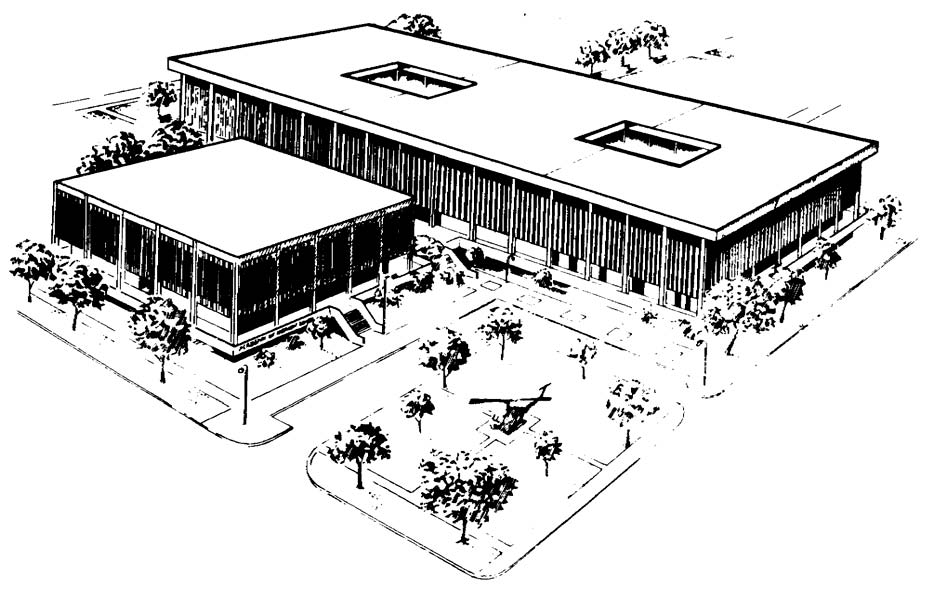Treating Chemical and Biological Agent Casualties
INTRODUCTION
[Next]
|
|
INTRODUCTION
In future conflicts, soldiers must be prepared to function in a field environment contaminated by chemical or biological agents. This subcourse is designed to provide instruction in protecting yourself from chemical and biological agents and in providing care in the field to soldiers who have been exposed to chemical or biological agents.
Chemical agents are fast acting. You must be prepared to quickly perform the necessary triage and treatment procedures in the event of a chemical agent attack. Biological agents usually act at a slower rate. The major emphasis of this subcourse is chemical agents and chemical agent casualties.
Protection against chemical and biological agents and self-aid procedures for exposure to nerve agents are presented in this subcourse for two reasons. One, you must know the procedures in order to protect yourself and to treat yourself in case of exposure to nerve agents. Also, you must make sure that other soldiers take proper precautions and know how to perform self-aid/buddy-aid procedures.
Subcourse Components:
This subcourse consists of four lessons. The lessons are:
Lesson 1, Chemical Agents and Protection from Chemical Agents.
Lesson 2, Treating Nerve Agent Poisoning.
Lesson 3, Treating Blood, Choking, and Blister Agent Poisoning.
Credit Awarded:
|
Students who desire credit hours for
this correspondence subcourse must meet eligibility requirements and
must enroll through the Nonresident Instruction Branch of the U.S.
Army Medical Department Center and School (AMEDDC&S). Examination Answer Sheets and Student Comment Forms are available by downloading the original correspondence course manual and printing the forms from it. The manual is available here. |
To receive credit hours, you must be officially enrolled and complete an examination furnished by the Nonresident Instruction Section at Fort Sam Houston, Texas. Upon successful completion of the examination for this subcourse, you will be awarded 8 credit hours.
You can enroll by going to the web site http://atrrs.army.mil and enrolling under "Self Development" (School Code 555).
A listing of correspondence courses and subcourses available through the Nonresident Instruction Section is found in Chapter 4 of DA Pamphlet 350-59, Army Correspondence Course Program Catalog. The DA PAM is available at the following website: http://www.usapa.army.mil/pdffiles/p350-59.pdf .
[Next]


